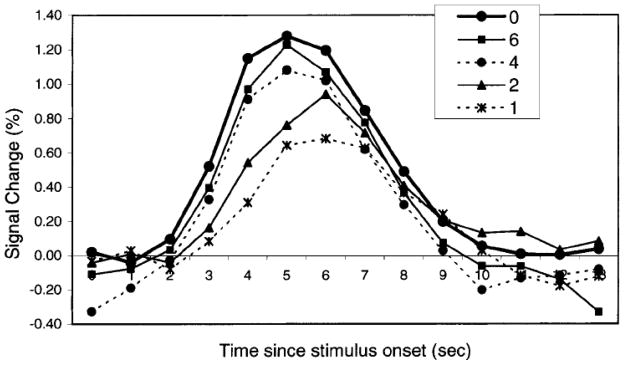Figure 2. Effects of the interval between successive events on the amplitude of the fMRI hemodynamic response.
Participants viewed visual checkerboard stimuli presented either in temporal isolation (0s) or with a short interval between their onset times (1, 2, 4, or 6 s). For the paired event conditions, shown here is the estimated hemodynamic response associated with the second event in the pair (i.e., the combined response minus the mean single-event response, temporally aligned to the presentation of the second event). If the hemodynamic response to multiple events were equivalent to a linear combination of their individual responses, then all of the curves should be similar in form and amplitude. Instead, the fMRI hemodynamic response exhibits a refractory effect: its amplitude decreases and its latency increases when events are separated by short intervals. Figure from Huettel and McCarthy (2000).

